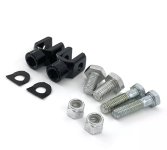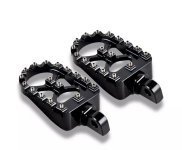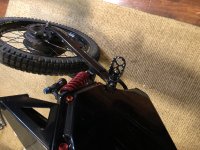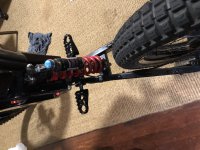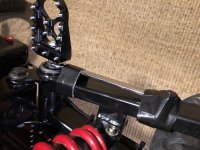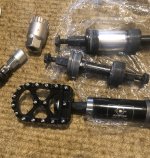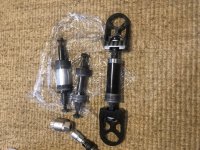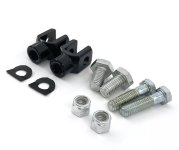ebike4healthandfitness
10 kW
- Joined
- May 19, 2012
- Messages
- 669
Chalo said:ebike4healthandfitness said:Low COG does improve tire grip....for any given weight, dynamic forces, tire gum/thread/profile/psi and riding surface. It will be always be that way.
I don't know where you developed that misconception, but it absolutely does not apply to single track vehicles. Once you're leaned into a turn, the tire has no way to discern how far away the center of mass is. The combination of gravity and centrifugal force passes straight through the center of mass regardless how high or low or is.
Lower center of gravity for single track vehicles will always be better for cornering. Can we finally just accept this? This because for any given speed, weight, tire width, tire stickiness, etc etc etc less lean angle is needed when a lower center of gravity is used.


